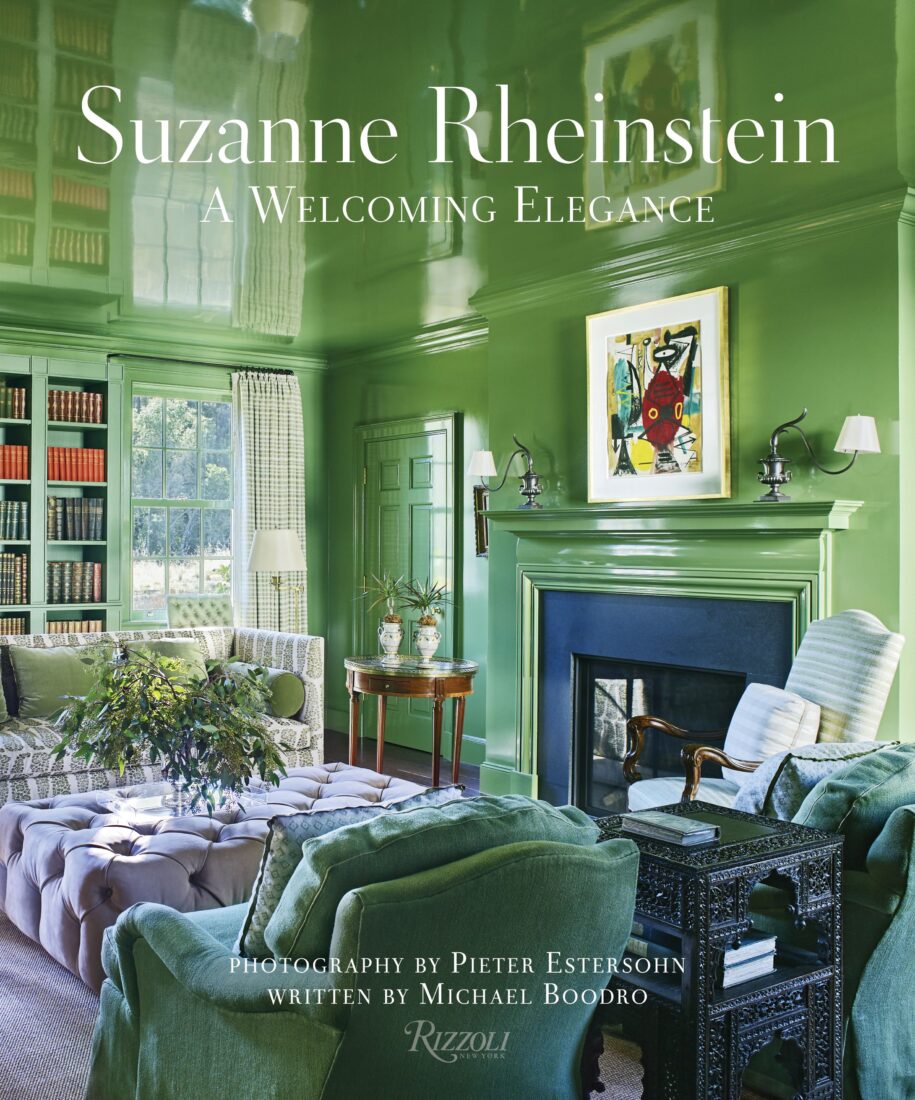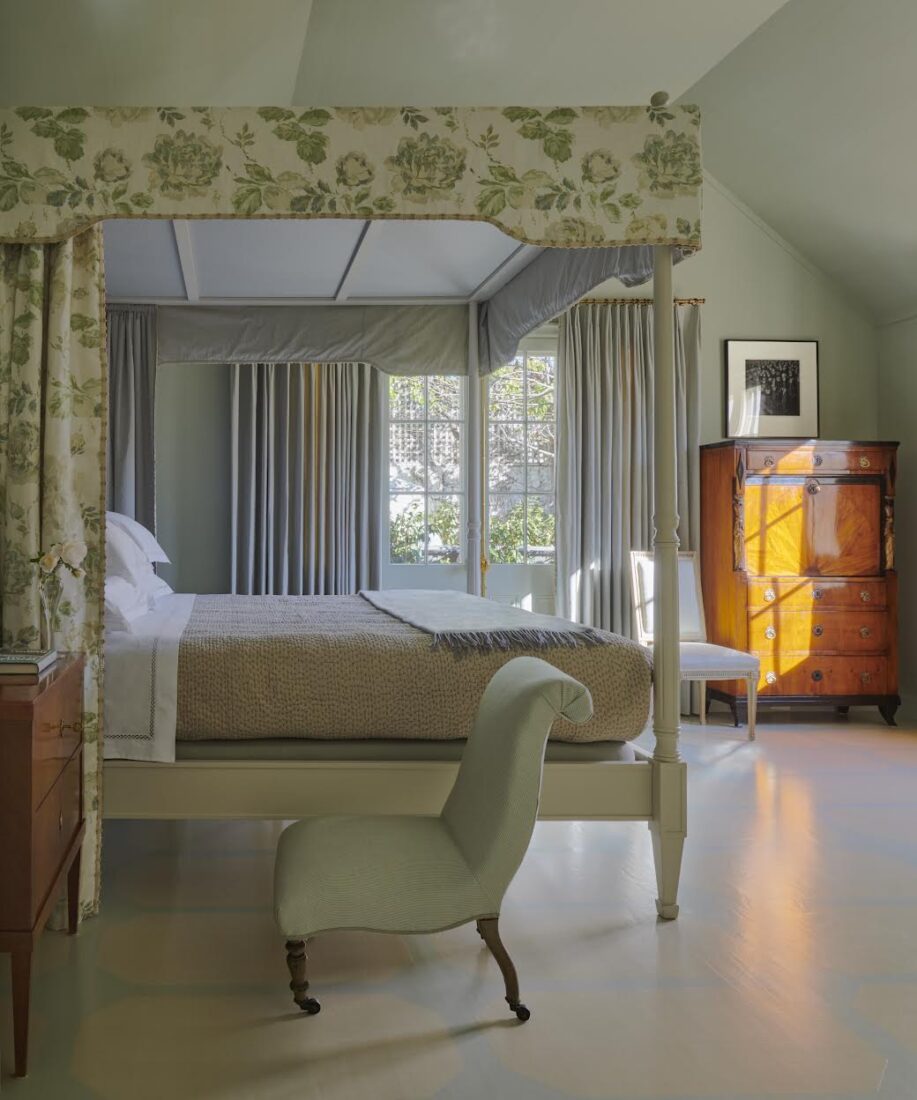Earlier this week, just as the exuberance of blooming wisteria appeared here in Charleston and the first day of spring arrived, the iconic interior designer Suzanne Rheinstein died in Los Angeles at age seventy-seven. The storied tastemaker, consummate hostess, and New Orleans native held many posts ahead of her foray into interiors, including that of researcher for the Pulitzer Prize–winning editor Hodding Carter, assistant to Eric Sevareid at CBS during the news frenzy of the Vietnam War, freelance documentary film producer, and eventually owner of the beloved retail shop Hollyhock in LA, the last of which guided her into an illustrious career creating memorable rooms.

“I met her first at Hollyhock and was blown away by the wonderful combination of antiques and new artists and artisans,” says her friend and fellow interior designer Bunny Williams. “She showed, with one shop, how to live well. And she was so generous of spirit and inquisitive. She had a journalistic mind when it came to what was new and compelling in life, and she was so supportive of the greater design community; never condescending and always positive. She made me want to be a better person.”
Her work communicated the same sophisticated and welcoming message. Over the years, her projects filled coveted spreads in every major shelter magazine, provided fodder for two books with Rizzoli, earned her the Albert Hadley Lifetime Achievement Award from the New York School of Interior Design and the Arthur Ross Award from the Institute of Classical Architect & Art, and spawned a fabric and rug collection for Lee Jofa.
“She was an extraordinary designer,” says the architect Gil Schafer, her friend and collaborator, who also happened to meet his wife thanks to Rheinstein (Rheinstein’s husband, the producer and director Fred Rheinstein, died in 2013). “She had an amazing knowledge of antiques, her upholstery and curtains had the most beautifully exquisite details that were always pretty and clever but never showy, and her sense of scale and color were flawless with marvelous and surprising choices and juxtapositions.”

Rheinstein will be remembered for those qualities, as well as for her insatiable curiosity and willingness to try new things. “Her [final] house in Montecito is a perfect essay in never being satisfied with just doing the same old thing you’ve always done because you know it works, but to stay creative, inventive, and take yourself into unfamiliar territory,” Schafer says. “I’m going to miss that big, beautiful smile of hers that lit up any room she walked into and made you feel so special.”
Rheinstein’s enthusiastic and pioneering spirit also lives on through her daughter, Kate, and her trendsetting shop KRB in Manhattan. “We are blessed with Suz’s clone in Kate,” Williams says.

IL PRIMO ECOMMERCE SPECIALIZZATO IN DELIZIE AL TARTUFO E CAVIALE – CAVIAREAT.COM